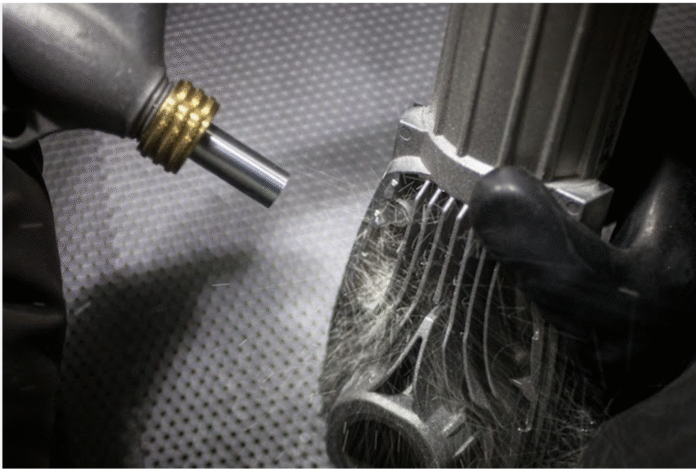Sanding
Sanding gives you hands-on control over surface cleaning. You can use sandpaper or powered sanders to remove paint, rust, or old finishes. This method works well for wood, metal, plastic, and drywall. Sanding lets you focus on small or detailed areas. You can choose the grit size for rough or smooth results. Many people use sanding for DIY projects or refinishing wood floors. The cost stays low, but you may spend more time and effort. Sanding creates dust, so you should wear a mask and goggles.
Tip: Sanding works best for small jobs or when you need careful control.
| Method | Pros | Cons | Best Use Cases |
| Sanding | Precise, versatile, low cost | Labor-intensive, dust exposure | Small areas, wood floors, DIY repairs |
Wire Wheels
Wire wheels attach to drills or grinders. You use them to scrub away rust, paint, or corrosion from metal parts. This method works fast on small tools or hardware. Wire wheels create a rough surface, which helps new paint stick. You can clean tight spots or edges easily. However, wire wheels may not remove deep corrosion. They can also leave scratch marks on soft metals. Always wear safety glasses because wires and debris can fly off.
Wire wheels suit quick cleaning jobs on metal.
They cost little but may wear out quickly.
